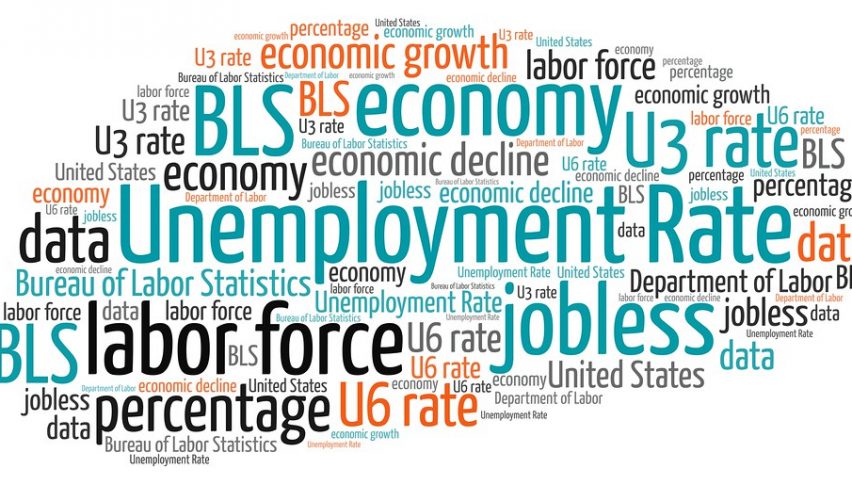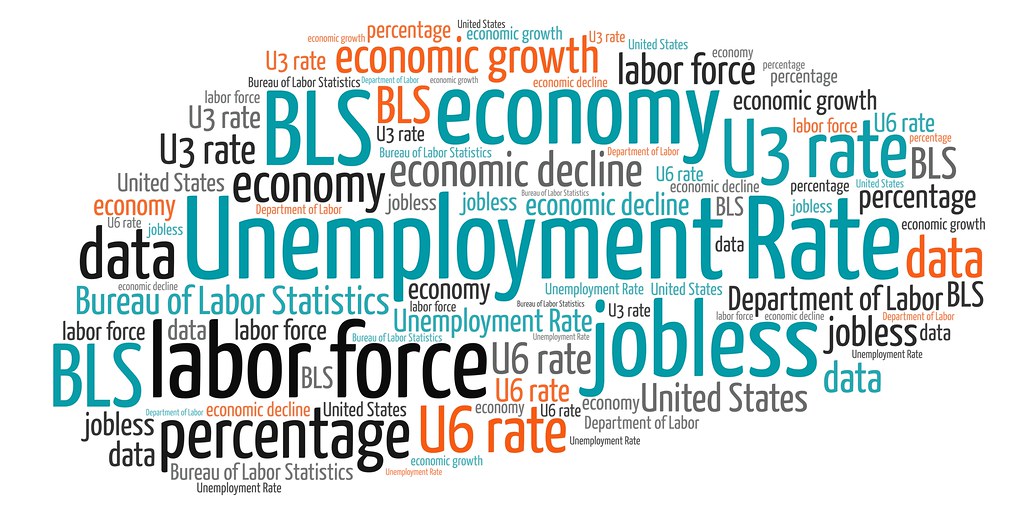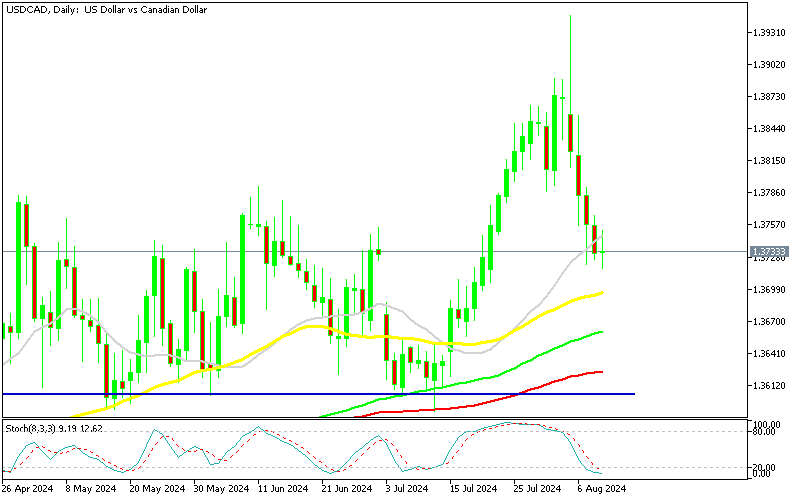USDCAD Stops at 50 Daily SMA After Canadian Employment Data
After beginning July with strong bullish momentum and gaining 3.5 cents, USDCAD has been declining for the past four days.

After beginning July with strong bullish momentum and gaining 3.5 cents, USDCAD has been declining for the past four days. Since Monday, the pair has reversed and lost over two cents. The Bank of Canada’s dovish decision to lower its policy interest rate by 25 basis points, from 4.75% to 4.5%, initially boosted the pair’s upward momentum, but that strength has waned as global risk sentiment and other major factors now dominate the financial markets.

But, according to the Summary of Deliberations from the July monetary policy meeting, members of the Bank of Canada expressed concerns about the impact of impending mortgage renewals and the potential for inflation to fall below target due to rising unemployment, exacerbated by increased immigration. They pointed out that population growth was a key factor behind the muted GDP growth in the second quarter, leading to a decline in GDP per capita.
USD/CAD Chart Daily – The 20 SMA Has Been Broken
USD/CAD reached 1.3946 on Monday morning as sentiment deteriorated and risk assets crashed lower, sending this forex pair surging higher. However, the risk sentiment has been improving since then and the Canadian Dollar has benefited from that, despite the Canadian Ivey PMI falling below expectations last month. So, the eyes were on the employment report for July form Canada, with the unemployment rate expected to tick higher from 6.4% to 6.5%.
Canada Employment Report for July
- Canada July employment change: -2.8K versus the expected +22.5K
- Previous month employment change: -1.4K
- Unemployment rate: 6.4%, matching expectations
- Previous month unemployment rate: 6.4%
- Full-time employment: +60.6K versus -3.4K in the prior month
- Part-time employment: -64.4K versus +1.9K in the prior month
- Participation rate: 65.0%, down from 65.3% previously
- Average hourly wages year-over-year: 5.2% compared to 5.6% last month
- Revised average hourly wages year-over-year: 5.2% versus 5.4% in the previous report
Key Changes in Employment by Industry:
- Wholesale and retail trade: -44,000 (-1.5%)
- Finance, insurance, real estate, rental and leasing: -15,000 (-1.0%)
- Public administration: +20,000 (+1.6%)
- Transportation and warehousing: +15,000 (+1.4%)
- Utilities: +6,200 (+4.2%)
Here is the kicker:
- Public sector +41K
- Private sector -42K
Year-over-year:
- Public sector +205K
- Private sector +86K
The RBC spending tracker as well as this report clearly show that Canada’s economy is experiencing a slowdown. This is yet another month of falling employment, though the rise in full-time employment has provided some partial relief. However, if the participation rate hadn’t dropped sharply, the unemployment rate would have seen a significant increase. While USD/CAD has been volatile since these reports, it strongly suggests that the economy is losing momentum.
USD/CAD Live Chart
- Check out our free forex signals
- Follow the top economic events on FX Leaders economic calendar
- Trade better, discover more Forex Trading Strategies
- Open a FREE Trading Account




